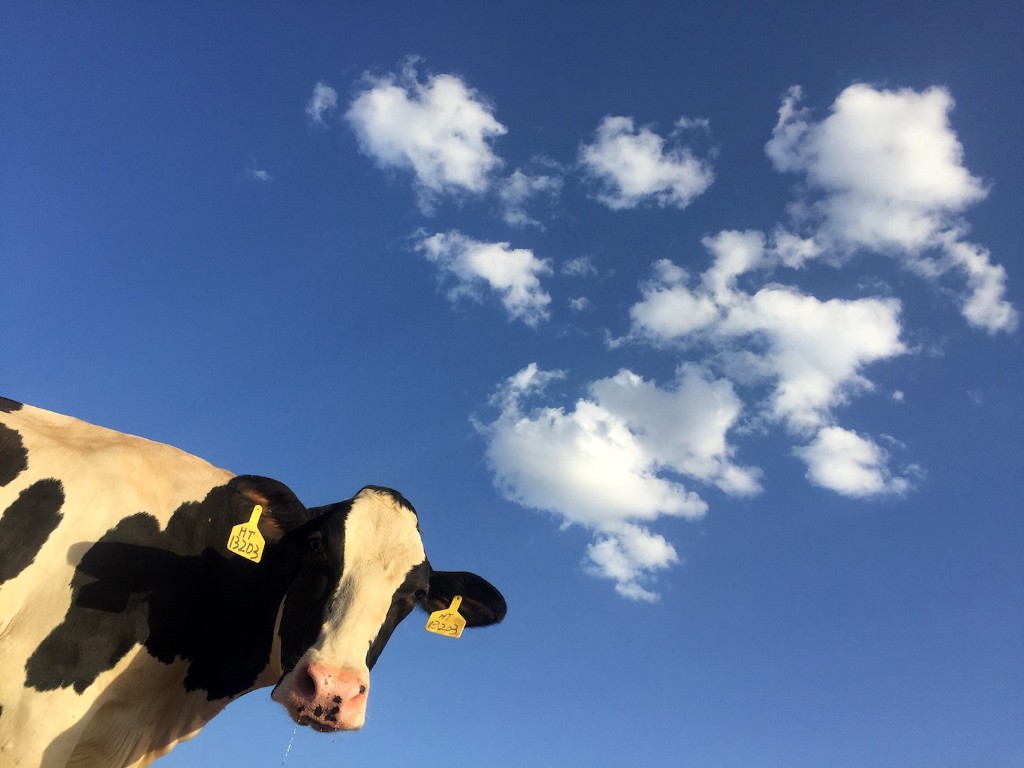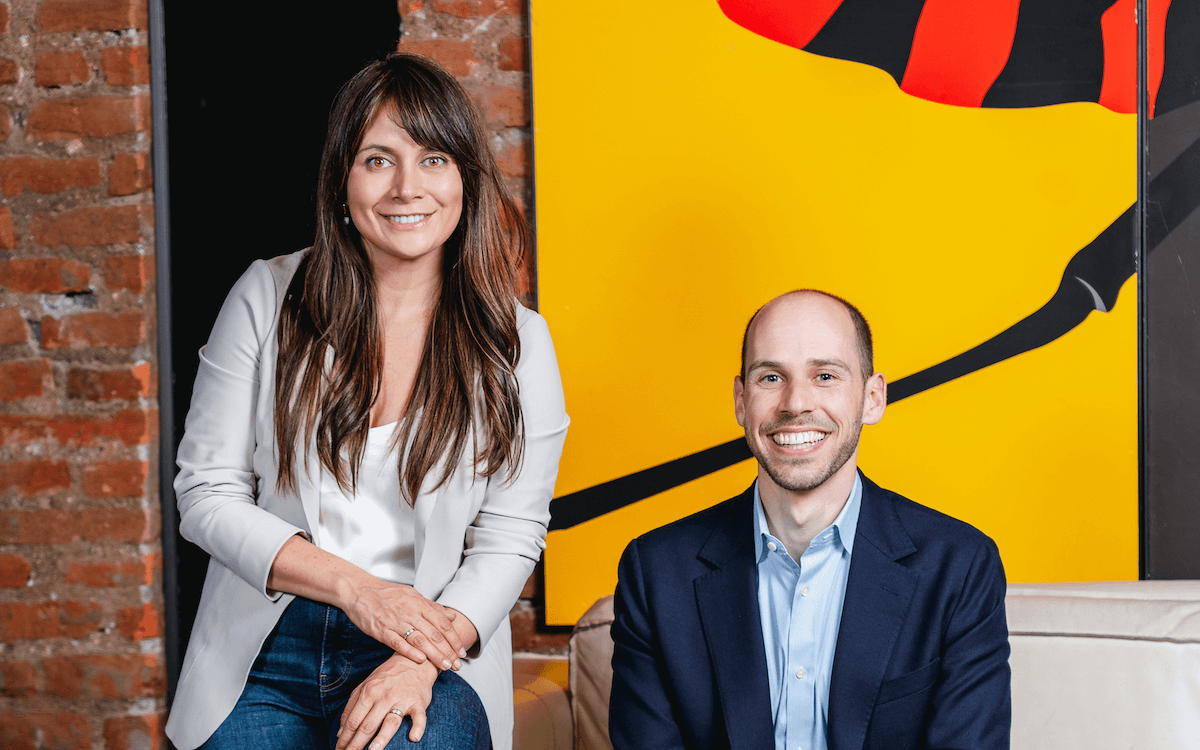Every morning in India, local milkmen deliver fresh milk to millions of household doorways. The predictable morning routine across the country provides a measure of financial security to India’s tens of millions of tiny dairy farmers .
Delivery service Doodhwala is using that morning routine to help those farmers sell their milk at a better price. Bangalore-based Doodhwala buys small batches of milk each day directly from farms near India’s sprawling cities and makes household deliveries itself. The arrangement offers farmers the security of a reliable and fair buyer and bypasses the chain of middlemen charging for transport and other services. Doodhwala makes 400,000 deliveries per month in Bangalore and Pune.
“What Doodhwala does is manage the customer end for them, so they can focus on their core job of making good milk,” explains Jinesh Shah, co-founder of Omnivore Capital, a Mumbai-based agriculture impact investment firm. Omnivore recently invested $2.2 million in Doodhwala as the first investment from its second fund.
Omnivore raises $46 million in second fund for Indian agriculture
Without a buyer like Doodhwala, farmers sell their milk directly to nearby customers and local vendors. Those vendors, who aggregate supply from farmers and then sell it on for distribution, represent one link in India’s complex, informal dairy value chain. By the time milk reaches the customer, it costs far more than what the farmer got paid for it. But because most of India’s dairy farmers — more than 80% — only have a few head of livestock, they have limited market access and even less negotiating power.
“Whereas farmers had to sell 100% of their supply to middlemen before, they now sell 30% to 40% to Doodhwala. Doodhwala cuts out a lot of the middle men that were eating farmers’ lunch. Farmers get paid better and have predictable demand,” adds Omnivore’s Mark Kahn. “The model makes farm businesses viable in a way that they weren’t before, and our impact mission of helping farmers make more money is achieved this way.”
Delivery service
That’s assuming the rest of Doodhwala’s model works. Doodhwala charges customers a subscription fee for their morning milk drop off. It also offers grocery delivery at the same time, a novelty for a population used to buying fresh vegetables daily from street vendors and other goods from small corner shops.
Doodhwala is just one of many newly funded delivery startups in India promising a new kind of convenience to the country’s swelling urban consumer class. Food and grocery delivery startups have had a rough go in India, however. After a surge in 2015, many were forced to scale back or went out of business.
Shah and Kahn attribute the delivery startup boom-bust cycle to two things: unrealistic expectations of consumer behavior change and costly logistics.
“Grocery delivery was dropped into the model of what was happening in the US,” where most shopping happens in large, chain supermarkets, and customers buy everything they need for a week from one place, explains Kahn. But that’s not how people shop in India. Khan estimates that grocery chains only account for 10% to 15% of the total grocery market.
“Most shopping happens at the local kirana, or corner store. It’s like New Yorkers and their bodegas,” he says. Fruits and vegetables are purchased fresh daily from men pushing vegetable carts through the streets.
When delivery startups launched in India modeled after on-demand services like Instacart or GoodEggs, they required too much behavior change to readily appeal to consumers. Companies began offering discount codes to coax people to try them out, which started a damaging race to the bottom on prices.
“Discounting wars destroyed a lot of the [early delivery] businesses,” because once the introductory rates ended, consumers would sign up to try a new company or go back to their local kiranas, says Shah. “Subsidies that were meant to change consumer behavior became completely unsustainable. Startups couldn’t recover the costs.”
Doodhwala, on the other hand, seeks to capitalize on existing consumer shopping habits rather than changing them. The company doesn’t offer on-demand delivery; rather, all of its deliveries are scheduled between 4am and 8am, when households expect their regular morning milk deliveries.
“They are digitizing a consistent consumer habit and adding on by saying, “If you’re having someone come every morning with your milk, why not have them bring everything you need for breakfast? And a few other groceries too,” says Kahn.
By not offering on-demand services, Doodhwala also keeps its logistics costs low — and minimizes those costs for farmers too. Driving across India’s traffic-choked cities during the day can add hours to delivery schedules. Doodhwala aggregates its goods at collection centers at midnight each day, then sends its trucks into the cities before rush hour traffic.
“Doodhwala’s cost is about $0.05 per delivery per day. It’s negligible,” says Kahn.
Urban-rural link
For farmers, most of whom are located on the outskirts of the cities Doodhwala serves, this model also saves them hours of driving time each day, because they make their milk drop-offs at night. “Farmers can get to the city in two hours instead of four or five,” Shah adds.
Finally, Doodhwala’s model doesn’t depend on dramatically changing India’s milk and produce supply. India is the largest dairy producer in the world, putting out more than 30 million tons per year. Almost all of the milk is consumed domestically, and about 85% of it comes from 75 million small farms, which have only a few head of cattle or buffalo each. Doodhwala works with the existing capacities of these small farmers by aggregating their delivery stock daily.
TPG’s Rise Fund’s second deal is a $50 million investment in an Indian dairy
“They’re low bulk, so farmers’ don’t have to grossly increase production,” Shah explains. Shah and Kahn expect the company’s ability to work with small farmers to serve it well as it scales beyond the 13,000 daily household deliveries it currently makes in Bangalore and Pune.
“Producers bring their product to Doodhwala’s distribution center. They will have to build multiple distribution centers [as they grow] but I don’t think the additional sourcing will increase their costs,” says Shah. “As demand grows, more farmers will want to sell their milk to them.”
Kahn adds: “Fundamentally, it’s the right model for the Indian consumer, and it’s an exciting opportunity to link rural farms to consumers in a way that is mutually beneficial.”












